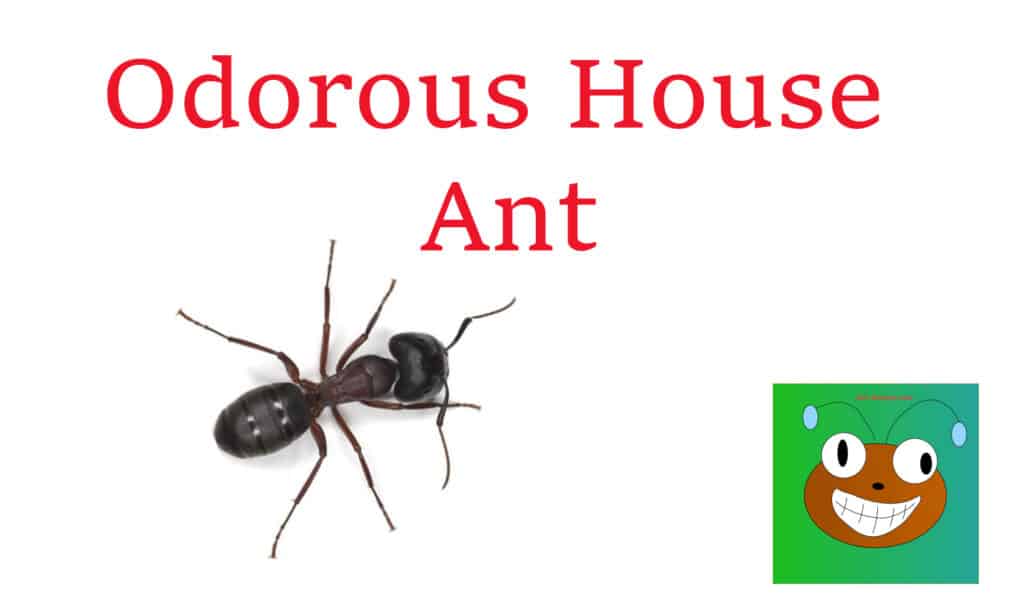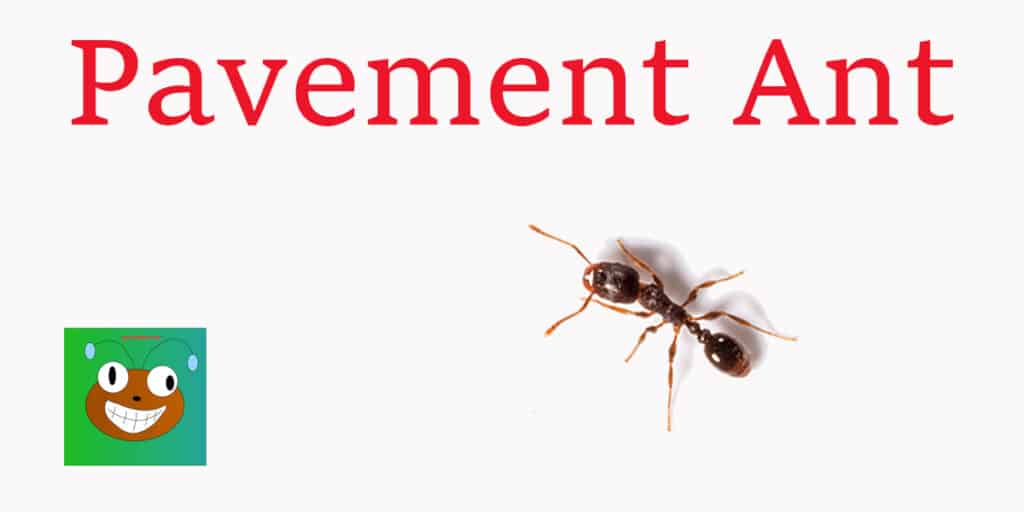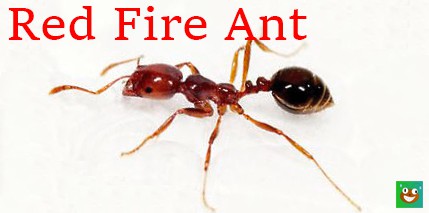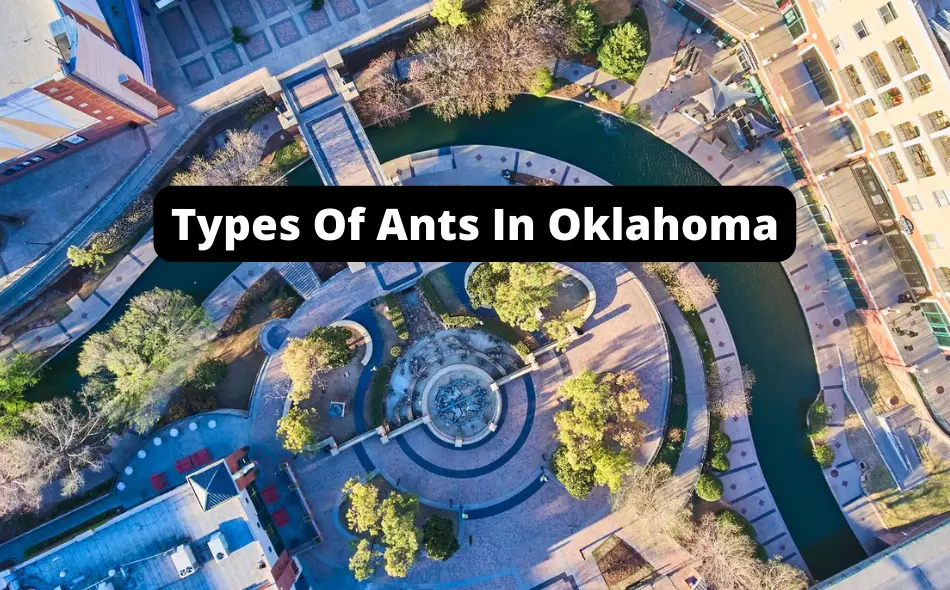Oklahoma may be known for its wide open plains, cowboy culture, and Route 66, but we cannot overlook the unique diversity of its insect life.
From the rare Ozark big-eared bat (is a bat a bug?) to the beautiful monarch butterfly, Oklahoma is home to a variety of intriguing bugs.
However, it’s the state’s impressive ant population that really steals the show. Oklahoma’s ant scene is truly remarkable, with over 300 variations of the known species below, including the impressive fire ant and the fierce Acrobat Ant.
So, while you may come to Oklahoma for the scenery and culture, be sure to keep an eye out for the fascinating world of ants that calls this state home.
These ants listed below would be perfect to start your ant-keeping journey, as they’re well-adjusted to Oklahoma’s humidity, water, and temperature!
Types Of Ants In Oklahoma
Oklahoma has many different ants within its state lines; these include Acrobat Ants, ‘Carpenter Ants, Field Ants, Formica Ants, Harvester Ants, Little Black Ants, Odorous House Ants, Pavement Ants, Red Imported Fire Ants, and Red Pavement Ants.
Acrobat Ant
Due to the adaptable way, a worker pulls its belly (gaster) out over the whole frame; these species are called acrobat ants.
The term acrobat ant refers to the ant Market growth-driven ashmeadi (Emery). The average length of acrobat ants ranges from 2.6 to 3.2 mm and is considered small-medium.
Their bodies are glossy and range from pale red or brown to black.
An acrobat ant’s most distinctive feature is its heart-shaped gaster, raised across its thorax when threatened. Coastal pine woods often include an ant nest within every tree in the cavities created by cossid moth caterpillars and pine beetles.

A colony of acrobat ants lives within every tree, fiercely protecting their territory. However, an extensive colony may extend to 2 or 3 pine trees if two or more trees are nearby. The term acrobat ant refers to the Crematogaster ashmeadi.
There are around ten kinds of Crematogaster throughout the southern United States, with Crematogaster ashmeadi being the most prevalent species.
Due to their incredible ability to raise their belly (gaster) over their entire thorax, these species are called acrobat ants for these fantastic acrobats.
The average length of acrobat ants ranges from 2.6 to 3.2 mm, and is considered tiny to medium size ant.
Their glossy spines range in hue from pale red to brown and black.
However, an acrobat ant’s most distinctive feature is the heart-shaped gaster, raised above its thorax when threatened. These ants love to harbor inside trees and crawl all over wires.
One of the easiest ways to spot these ants is by inspecting wires, looking for their waste.
A standard nest may extend over three pine trees if two or more trees are nearby. A colony of acrobat ants lives in each pine, fiercely protecting their territory.
Formica Ants
The Formica Ant is a sizable Ant that claims a home in northern regions of the world.
These ants are widespread all over the northern hemisphere.
There are numerous well-studied members in this genus, but tons are almost “undiscovered.”
Most of these species lack a formal taxonomic classification and are not well defined.
Therefore, Its taxonomy is divided into a significant number of minor categories.
Without getting into the drama of ant classification, some Myremcologists will refer to this ant as the Wood Ant.
These ants are between 4 and 8 mm long.
Most Formica Ants reside in wilderness settings with lots of trees and land.
This allows them to build mounds or hide in trees, as their common name suggests (Wood Ant).
These ants value sunshine and need it to thrive.
While many ants avoid humans, these ants seem to prefer them.
These ants do not survive well in regular ecosystems and do better in artificial environments.
As a result, they frequently make their nests close to man-made objects like sidewalks, railings, or building bases found in the suburbs.
Field Ant
The field ant is one of Wisconsin s most prevalent insects (Formica spp.). The ants are renowned for creating substantial mounds that destroy many residential lawns’ beautiful appearance.
Subsequently, cutting the grass is challenging and prevents the development of herb and woody ornamental plants.
Field ants are pretty big, with lengths between 1.5 and 3 inches.
Some species are entirely black, while others have either a black or red color. Their hue might change.
Colonies of field ants can last for over ten years. The queen lives in each nest and produces all the embryos that eventually become infertile females (workers) or males (drones).
They mostly gather food outside, consuming both living and dead bugs alongside aphid honeydew.
Field ants do not need to be controlled in places where there is no civilization and usually dominate non-residential regions.
Little Black Ant
The little black ant is native to North America.
Known for their lustrous black hue, the workers are 1 – 2 mm long, and the Queen is 4 – 5 mm in size.

A colony may have more than one Queen because it’s a polygynous species.
A nest typically has a few hundred workers, a modest size.
These scavengers, known as Monomorium minimum, can eat anything, including dead insects and bird droppings.
Some of their favorite insects to eat are fall webworm larvae and codling moth caterpillars.
Additionally, they tend to collect honeydew insects like the soybean aphid. Although they prefer to nest on earth mounds, they may scan for other homes with ease of access.
Queens and males execute the nuptial flight, bonding in midair, mostly in summertime.
The males pass away soon after. Every Queen builds a new nest, removes her wings, then lays eggs.
Since this colony is polygynous, expect more queens shortly after. It takes around a month for an egg to mature into an adult.
Odorous House Ant
The worker-odorous house ants are around 3mm long and black to dark brown.

Additionally, they have antennae that resemble a long stick.
Crushed, odorous house ants produce a pungent, rotten coconut-like stench that gives these insects their name.
Odorous house ants build their nests indoors next to moist areas, such as heaters, heater cavities along hot water pipes, under leaking fixtures, and on termite-damaged wood.
Outside, odorous ants are frequently discovered on bare soil or beneath firewood piles. Odorous house ants enjoy eating sweets and particularly enjoy consuming honeydew.
Occasionally, they eat other things, such as pet food or insects. Approximately tri-monthly, they often relocate their nests because of rain.
They create new colonies following mating flights at the end of spring and summer.
Colonies are also split by the budding process, in which a queen leaves her nest with some workers to start a new colony elsewhere.
Pavement Ant
The head and thorax of pavement ants are marked with grooves, the thorax being the only part of the body-bearing spines.
Their size is usually between 2.5 and 3 mm in length.

Pavement ants get their name because they typically make their nests under roadways, building foundations, and sidewalks.
Therefore, an area of disturbed soil near a paved surface is likely the result of pavement ant activity. Pavement ants may build their nests inside buildings near a heat source, mainly during winter.
These trailing ants consume many items, including honeydew from aphids, oily foods, seeds, and dead insects. Pavement ant colonies include up to 4,000 workers comprising several queens.
The queens are much bigger than the workers, going upwards of 9 mm in length.
The drones and young queens searching for partners are frequently spotted on nuptial flights during the end of spring and the start of summer. Drones and queens that reproduce have wings.
Red Imported Fire Ant
Some of the approximately 200 distinct insects in the genera are known as “fire ants.”
Due to their red color, they do not belong to the subspecies Solenopsis Richteri.
Many of the names possessed by each species of Solenopsis are commonly used interchangeably when referring to each other, such as the term “red ant.”
The three body parts of adult fire ants are the skull, the thoracic, and the abdomen, along with three sets of limbs and a group of antennas.
Luckily, this is the same as the anatomy of all other adult insects.
The red fire ant has a golden-brown skull with a dark metasoma (abdomen).
The ants vary in length from 2 – 6 mm and are two colored, black and red.

An easy way to identify a fire ant is by its dark abdomen and contrasting red thorax.
These ants are aggressive, eat anything in their path, and breed at an accelerated pace.
Fire ants can become worker ants in just 15 days. These ants are officially a pest in the United States, consuming over 300 million acres.
Red Pavement Ants
Red pavement ants are a small species, with worker ants only reaching sizes between 2.75–3.2 mm.

Red Pavement Ant’s nests are typically found on asphalt, concrete roads, sidewalks, or parking lots.
This makes them dangerous, as numerous ants may climb up shoes and legs when you stomp on a nest, where they may bite.
Luckily, these bites do not cause any real concern.
However, even with their small size, the Red Pavement Ants’ bite can still hurt, as these ants contain formic acid.
These ants are always looking for food, and being near residential areas usually leads these ants to be in close contact with humans.
Red Pavement Ants frequently discover spilled food items and quickly call the rest of the colony.
Within a few minutes of locating dropped food, these ants will assemble lines to start bringing it back to their nest.
These ants are polygynous, meaning they will have multiple queen ants within one nest.
This means there will be a rapid production of eggs and larvae for the colony.
The Red Pavement Queen ant size will be much bigger than the worker ants, going upwards of 8mm.
This species will have winged males and females.
It’s common to get these ants mistaken for termites due to their small size and similar bodies.
However, while still a pest, these ants cause substantially less damage than termites.
Eventually, once colonies have reached capacity, some queens will deviate to create their nests.
This leads to an even faster expansion of the species.

